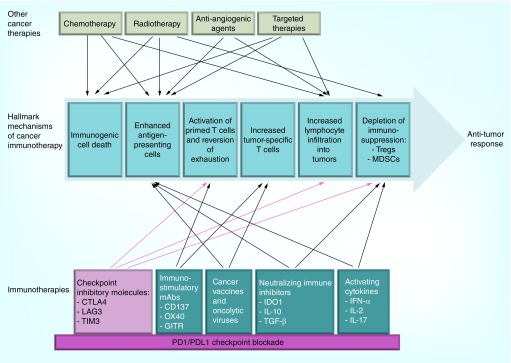Figure 1. . Building synergistic combinations on the foundation of PD-1 or PD-L1 blockade with both traditional and newer immune therapies.
Given the clinical success of PD-1–PD-L1 blockade in multiple solid cancers, the PD-1–PD-L1 pathway will probably become the foundation for immunotherapy combinations. Combinations of traditional therapies, including radiation and chemotherapy (top) and newer immunotherapies (bottom) are under clinical development. In developing combinations, therapies should be considered in context of the hallmark mechanisms of cancer immunotherapy: immunogenic cell death via apoptosis or necrosis; activation of professional antigen-presenting cells; activation of primed effector T cells to proliferate and exert their functions is counteracted by suppressive mechanisms in the tumor microenvironment that include Treg cells and MDSCs; increased a number of effector T lymphocytes that recognize tumor antigens; and infiltration of effector and suppressive leukocytes into tumors. Red arrows indicate mechanisms of PD-1–PD-L1 and other checkpoint inhibitors; blue arrows represent mechanisms of other immune and nonimmune therapy. The number of arrows is a demonstration of the strong potential for synergistic combinations [8,148].
MDSC: Myeloid-derived suppressor cell.
Reproduced with permission from [8] © Nature Publishing Group (2015).

